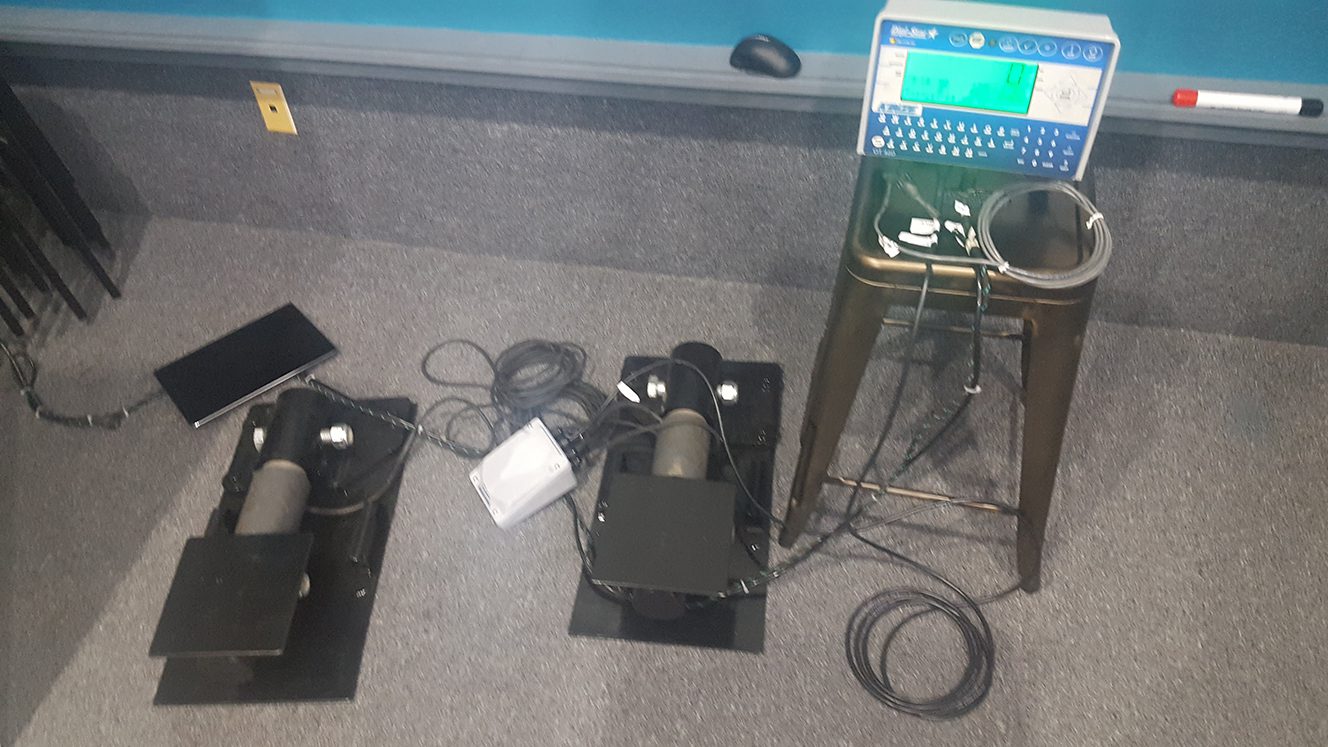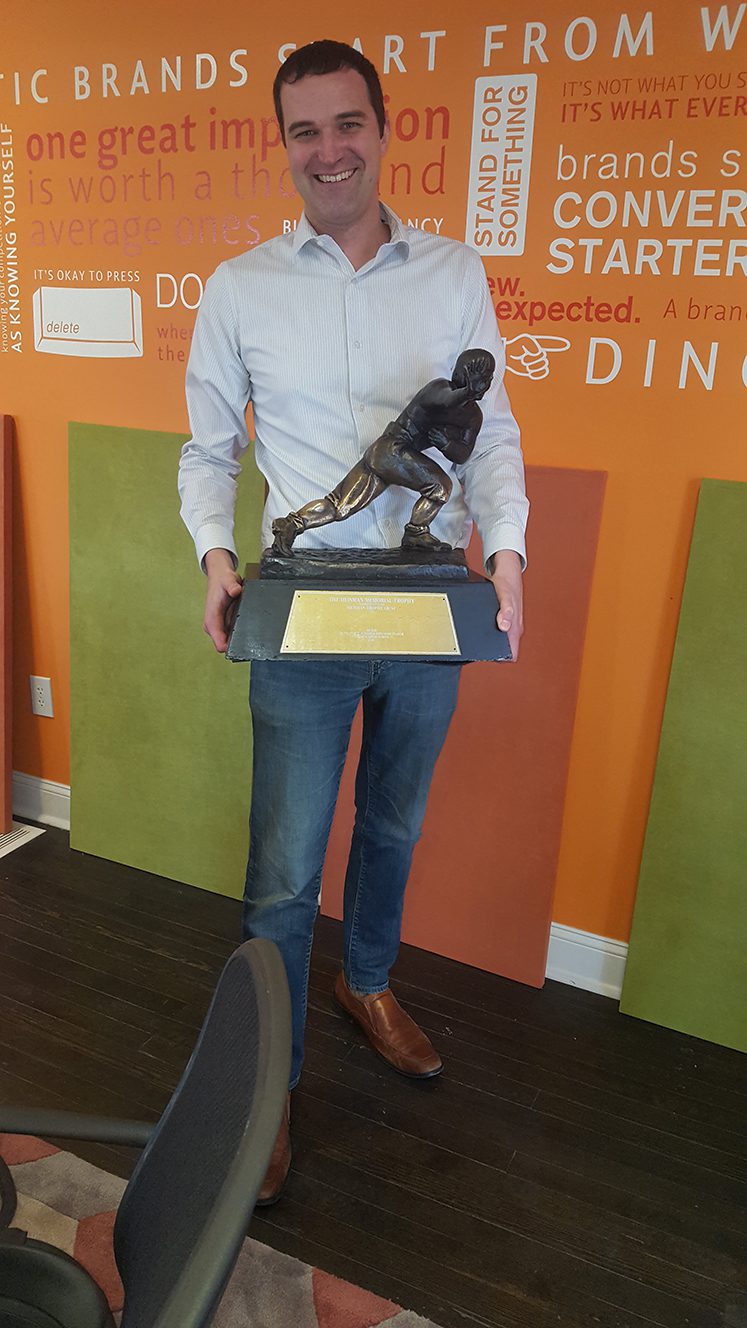Unlike the piles of weights and treadmills in the basements of American households, everyone I know uses their Fitbit religiously. In fact, according to this article in The Columbian “The company’s app was the most downloaded on Apple’s app store Christmas Day, a sign that many people couldn’t wait to set up their Fitbit trackers after unwrapping them”.
People seem to enjoy using their Fitbit; it magically makes staying in shape fun. I hear people talking about how they won X competition or are ahead in Y group almost daily in our office. Yet, the Fitbit itself does absolutely nothing to help you exercise. It doesn’t weigh anything, it doesn’t suck fat out of your blood stream and it doesn’t increase your heart rate. You just slap it on your wrist and go about your day like normal.
What it does do is measure progress against a goal with regular updates. This helps achieve a bigger result. Per this famous quote from Peter Drucker, “What gets measured gets done”. Fitbit’s genius implementation is based on a micro-goal: Number of steps taken per day. Notice how that is not the real goal anyone wants. People want to lose weight, burn more calories, or get more exercise. Fitbits core metric is something small that people can control in order to get the real goal. Let’s translate this into your business.
How many managers or business owners have set yearly goals that look something like these?
- Company revenue of $100 Million for 2016
- Average customer satisfaction score of 95% or higher
- Increase profit margin from 18% to 20% by Q3 of 2016
Take a second to review or down three of your company goals. We’ll look at them later.
So back to the goals above: What does the average employee at this hypothetical manufacturing company do to contribute to $100 Million in revenue this year? Or, what can John at the support desk do to make customers give a positive satisfaction score? What does Sally in the shipping department have to do with profit margin?
The problem is not the goals; They are great. The problem is that people don’t have a way to feel like they can achieve them. Let’s break down these goals as the Fitbit creators would probably do.
- Load 100 boxes of our product onto trucks each night
- Receive a 5 highly satisfied rating from customers each hour
- Less than 5 defective products off our assembly line each hour
Achieving these micro-goals could get the company to their larger annual goals.
- If each box is worth $500 in revenue you can start to see how it gets to the revenue goal. Imagine how your staff would feel if they had a Fitbit on their arm that increased the counter of boxes on the truck each time they loaded one.
- Or how would your staff feel if in the call center there was a giant LCD screen that displayed the number of highly satisfied ratings each hour. Would they treat customers a little differently?
There are really three parts to making this process work in any business:
Step 1: Break your large goal into something smaller and which can be measured often
Step 2: Designate someone in your company to track this number and update it on a marker board or other highly visible location in your office
Step 3: Track it and share it
If you want some help with your company’s (or department’s) goals, give us a call. Switchbox executes this process for our customers all the time. We often take data a customer has been tracking already (invoicing from the accounting system, sales results from the sales team, customer feedback from the customer service team) and find ways to display it by implementing:
- A basic dashboard that employees see when they log in each day
- A dedicated monitor in the manufacturing facility
- A daily or weekly performance email out to get the team motivated
Whatever it takes to get these micro-goals in front of people is always worth the investment.












